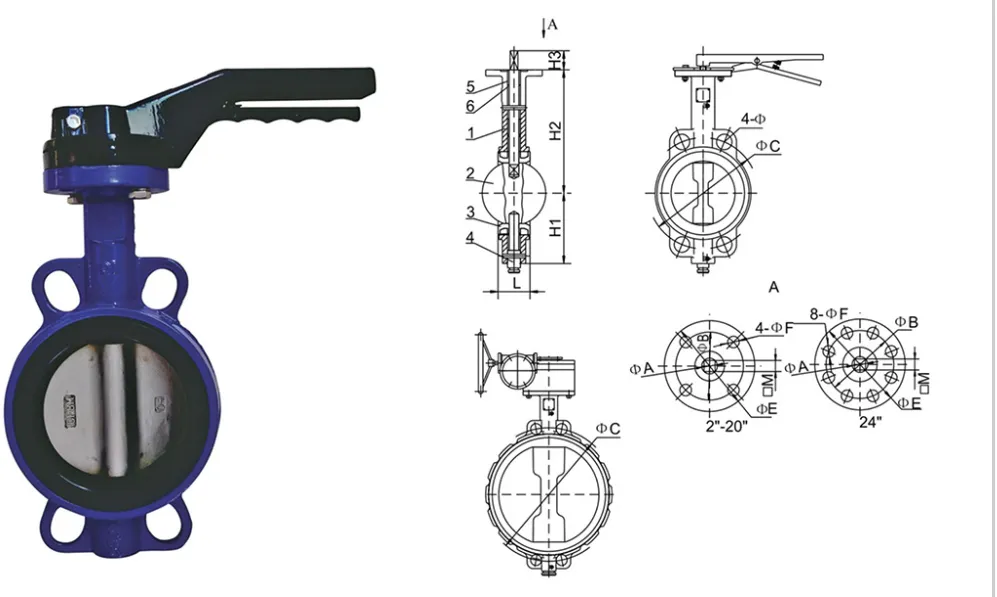ធ្នូ . 09, 2024 18:27 Back to list
Copper Wiring Solutions for Efficient Electrical Connectivity and Enhanced Communication Systems
The Significance of Copper Wire and Cable in Modern Technology
Copper wire and cable are integral components of modern technology and infrastructure, serving as the backbone for electrical transmission and communication systems worldwide. With their excellent conductivity, flexibility, and durability, these materials find usage across a vast array of applications, from residential power supplies to complex telecommunications networks.
At the heart of the appeal of copper wire is its high electrical conductivity, second only to silver among pure metals. This property allows copper wires to transmit electricity with minimal energy loss, making them the preferred choice for electrical engineering and power distribution. The electrical resistivity of copper is low, which means less waste in terms of energy, and this efficiency is crucial in both residential and industrial settings. For instance, homes are wired predominantly with copper, ensuring that appliances and devices receive power effectively.
Moreover, the physical properties of copper enhance its functionality. Copper's malleability and ductility allow it to be drawn into fine wires without breaking, leading to the production of extremely thin strands that can be bundled into cables. This facilitates easier installation and transitions in complex applications. In addition, copper wires are often insulated with materials like PVC (polyvinyl chloride), which not only improve safety by preventing short circuits but also protect the wires from environmental conditions, thereby extending their lifespan.
In telecommunications, copper cables play a critical role in the transmission of data. Historically, copper wiring was the primary medium for telephone lines and early internet connections. While fiber optics have gained prominence due to their higher bandwidth capabilities, copper cabling, particularly in the form of Ethernet cables and coaxial cables, remains vital for many household and local area network (LAN) setups. Ethernet cables, specifically, utilize twisted pairs of copper wires to reduce electromagnetic interference, allowing for reliable high-speed data transfer.
copper wire and cable

The versatility of copper wire and cable also extends into industrial applications. In manufacturing and machinery, copper is utilized in motors, generators, transformers, and switchgear. Its reliability and efficiency are essential for the operational integrity of various devices and systems crucial to industrial productivity. Additionally, the automotive industry increasingly incorporates copper in electric vehicles (EVs) due to its role in battery connections and wiring harnesses, highlighting a growing trend towards electrification and sustainable energy solutions.
However, the demand for copper wire and cable also raises significant concerns regarding resource depletion and environmental impact. The extraction of copper involves extensive mining activities, which can lead to habitat destruction, soil erosion, and pollution if not managed sustainably. As the global shift towards renewable energy accelerates, the recycling of copper has become increasingly important. Recycling not only conserves natural resources but also requires 80% less energy compared to mining new copper. The circular economy approach encourages the collection of scrap copper, which can then be refined and repurposed for new wire and cable production.
Furthermore, technological advancements are driving innovation in copper wire and cable applications. Improved manufacturing processes and insulation materials are enhancing the performance and capabilities of copper wiring. As we venture into the era of smart homes and Internet of Things (IoT) devices, high-quality copper cables are essential for maintaining connectivity and reliability in these interconnected systems.
In conclusion, copper wire and cable are pivotal in modern technology, contributing to power distribution, telecommunications, and industrial machinery. Their efficiency, flexibility, and reliability make them indispensable in today's electrically powered world. While the challenges of resource management and environmental sustainability must be addressed, the ongoing importance of copper in electrical and communication infrastructures is undeniable. As we continue to innovate and develop new technologies, the demand for copper wire and cable will likely persist, supporting our ever-evolving technological landscape.
Share